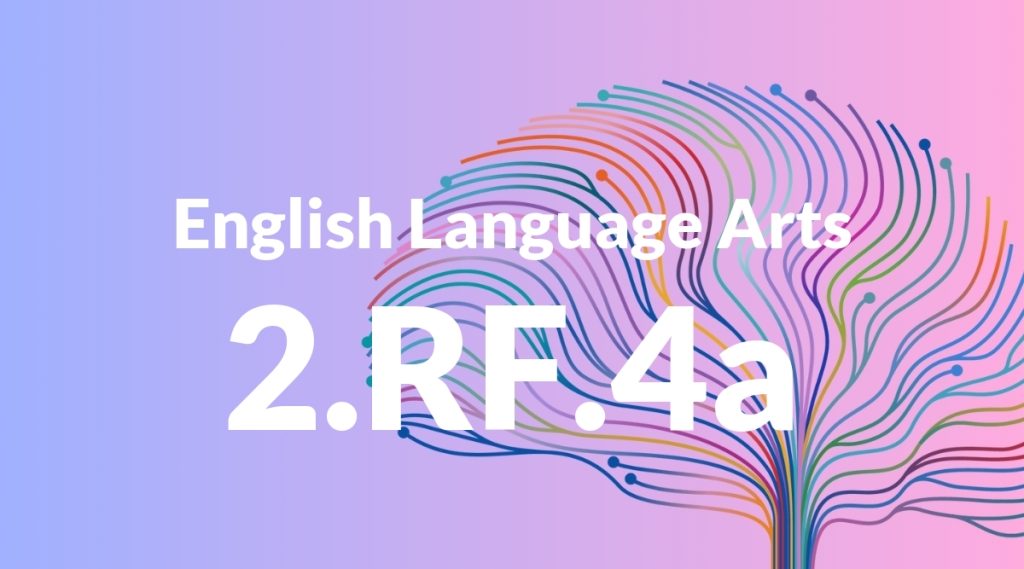Standard: 2.RF.4 – Read with sufficient accuracy and fluency to support comprehension.
Grade level: Grade 2
Subject: English Language Arts
Domain: Reading: Foundational Skills
Teacher Overview
This standard emphasizes the importance of reading accuracy and fluency to support comprehension. In Grade 2, students are transitioning from learning to read to reading to learn. Mastering this standard is crucial as it lays the foundation for more advanced reading skills. Before tackling this standard, students should be able to recognize and decode basic words, understand basic punctuation, and have some experience reading simple sentences and short paragraphs.
After mastering this standard, students will be able to read more complex texts with greater ease, understand and analyze content, and engage in more advanced comprehension activities such as summarizing and predicting.
Common Misconception 1
A common misconception is that reading quickly is more important than reading accurately. This is incorrect because speed without accuracy can lead to misunderstandings and misinterpretations of the text.
Intervention 1
To remediate this misconception, provide timed reading sessions where the goal is to read correctly rather than quickly. Offer positive reinforcement for accuracy and model fluent reading.
Common Misconception 2
Another misconception is that understanding every single word is necessary for comprehension. This is incorrect because students can use context clues to grasp the overall meaning of the text even if they don’t know every word.
Intervention 2
Teach students to use context clues and encourage them to read on when they encounter unfamiliar words. Provide exercises that focus on understanding the gist of the text rather than individual words.
Prerequisite Knowledge
Students should be able to recognize and decode basic words, understand basic punctuation, and have some experience reading simple sentences and short paragraphs.
Subsequent Knowledge
Students will develop the ability to read more complex texts with greater ease, understand and analyze content, and engage in more advanced comprehension activities such as summarizing and predicting.
Instructional Activities
- Read-aloud sessions with teacher guidance.
- Paired reading activities.
- Guided reading groups.
- Use of reading apps or software.
- Reading various types of texts.




